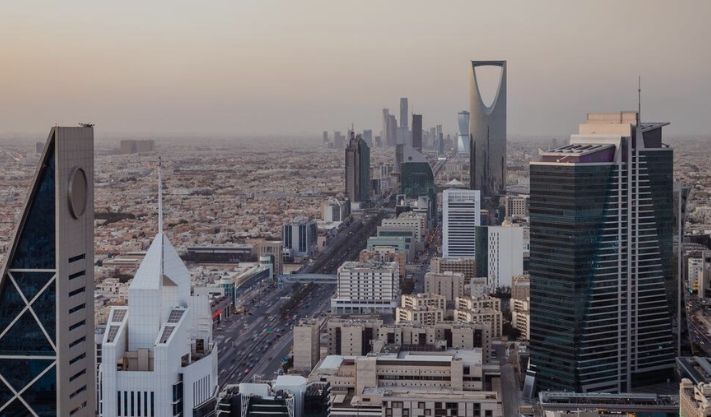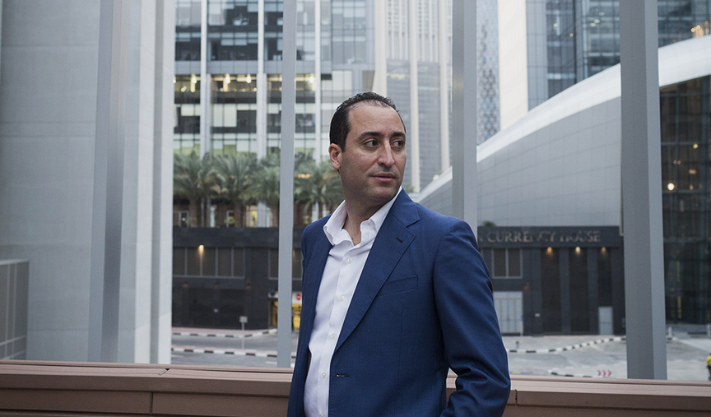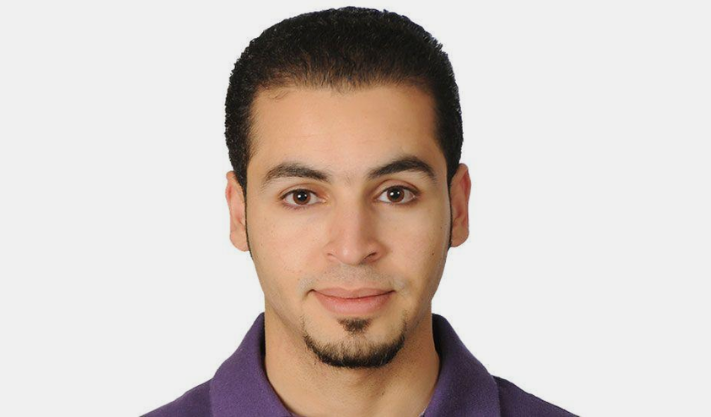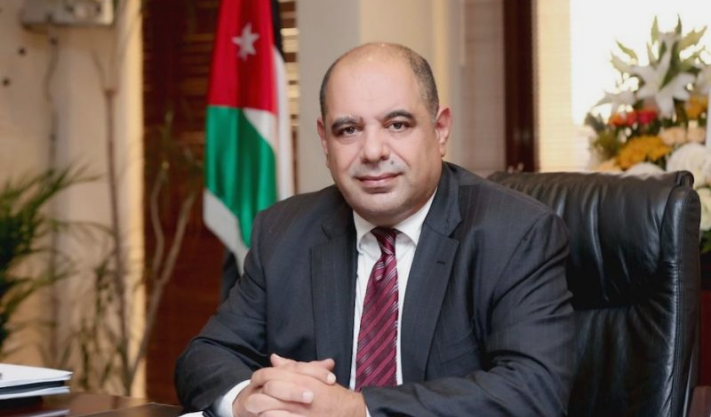Saudi Arabia’s Inflation Holds Steady at 2.3% in June as Rent and Food Prices Go Up
Saudi Arabia’s inflation rate stayed at 2.3% in June, just slightly higher than 2.2% in May. Prices went up in areas like housing, utilities, and food, but dropped in other categories like furniture, clothing, and transport.
What Caused Inflation to Rise?
According to Saudi Arabia’s General Authority for Statistics (GASTAT), housing costs were a big reason for the increase. Prices for housing, water, electricity, gas, and fuel rose 6.5% compared to last year. Within that, rent went up by 7.6%, and villa rents rose 7.1%. This category is important because it makes up about 25.5% of the Consumer Price Index (CPI).
Food and drink prices also rose by 1.5%, with meat and poultry going up by 2.4%.
Personal goods and services became 4.1% more expensive, mainly due to a large 26.5% increase in the price of jewelry, watches, and antiques. Eating out at restaurants and staying in hotels cost 1.6% more, while tertiary education fees rose 5%, pushing up education costs by 1.4%.
Where Did Prices Fall?
Some prices dropped and helped balance things out. Home furniture and equipment went down by 1.7%, with items like carpets and flooring falling 3.6%. Clothing and footwear prices dropped 0.6%, including a 1.4% decrease in garment prices. Transport costs fell 0.7% because car prices dropped by 1.7%.
Monthly Price Changes
Compared to May, prices in June went up 0.2%. Rent rose 0.3%, and small increases were also seen in food (0.1%), personal items (0.5%), entertainment (0.3%), home items (0.2%), clothing (0.1%), restaurants (0.1%), and education (0.1%).
Meanwhile, healthcare costs fell by 0.3%, communication prices dropped by 0.1%, and transportation and tobacco prices stayed the same.
Saudi Economy Growing
Saudi Arabia’s economy grew by 3.4% in the first quarter of 2025 compared to the same time last year. This growth came mainly from non-oil sectors.
In June, the International Monetary Fund (IMF) increased its 2025 forecast for Saudi Arabia’s GDP growth from 3% to 3.5%. This was due to strong demand for government projects and the OPEC+ plan to slowly stop oil production cuts.
Saudi’s Riyad Bank PMI (Purchasing Managers’ Index) rose to 57.2 in June from 55.8 in May, showing strong economic activity. New orders also increased at the fastest rate in four months, thanks to better marketing and more local sales.
Published: 16th July 2025
For more article like this please follow our social media Twitter, Linkedin & Instagram
Also Read:
Abu Dhabi Chamber Backs Al Ain Small Businesses Growth
How Biotech Investment Banks and Venture Capital Are converging
ADCB’s Q2 Profit Rises 17% to $826 Million





